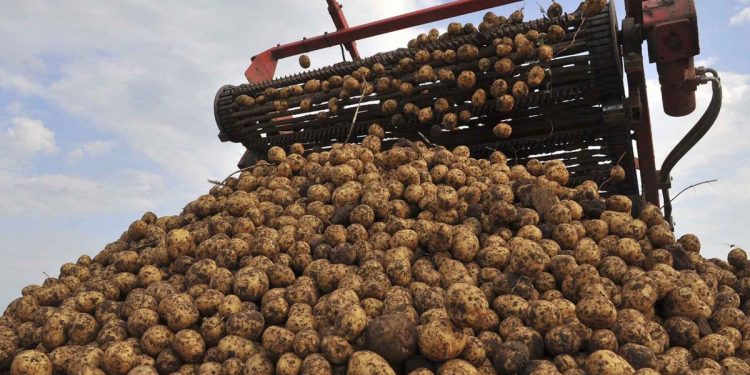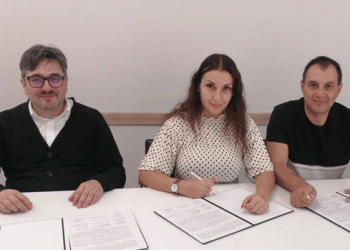In addition, more highly productive technologies for cultivating agricultural crops are being used, livestock is becoming more productive, the ministry noted.
The reduction in the total number of agricultural organizations, as well as peasant farms in Russia, does not threaten the Russian economy in any way, since Rosstat also records another trend – their consolidation. This was stated by TASS Deputy Head of Rosstat Konstantin Laikam.
“There is nothing wrong with reducing the total number, we continue to grow production. First of all, due to the fact that agricultural organizations are becoming larger. In addition, more highly productive technologies for cultivating agricultural crops are used, livestock becomes more productive. Of course, the more market participants, so much the better. But the trend of amalgamation of agricultural producers in all categories continues, and this evens out the situation,” he said.
According to the deputy head of Rosstat, it is also important to understand that the number of agricultural organizations is decreasing in the first place. At the same time, farms are actively growing, albeit at a different pace.
“An interesting trend is that depending on the size of the farm, specialization changes: the larger it is, the more pigs or birds, the smaller it is, the more cattle. Obviously, large farms specialize in industrial animal husbandry,” Laikam said. .
The question of data analysis
According to him, the processing of data received during the 2021 agricultural micro-census is carried out in an automated mode.
“The processing of the received data is automated. The data was immediately entered into the census takers’ tablets, after which they were collected, brought to one specially equipped place, where all the data was transferred so as not to violate confidentiality. However, subsequently, the results are necessarily studied by specialists and checked. If any “The data that is difficult to compare with the data of the previous agricultural census, in this region they are double-checked, refined. The system even allows you to find out at the expense of which farm, for example, there was a jump. And then we already figure out what is true, but needs to be improved,” he said.
By the end of 2022, Rosstat plans to present the processed micro-census data on a special BI platform, with the help of which all Russians will be able to study and analyze data from different angles. “This year we will make such a system for publishing data, where it will be possible to view aggregated, already published data, graphs, maps, tables. Plus, people themselves will be able to analyze and use this data by building tables in any combination, adding the necessary indicators. And also translate this is in maps, charts, etc. It will appear towards the end of the year and will be available to everyone. One caveat – it will be necessary to provide for data protection, this is the whole difficulty,” Laikam concluded.
About the census
The previous All-Russian Agricultural Census took place in 2016. In accordance with the law, Rosstat conducts a micro-census based on a sample of at least 30% of the objects of the agricultural census no later than five years after the “large” census.
The agricultural micro-census took place in Russia from August 1 to August 30, 2021. The purpose of the observation is to assess the resource base and potential of the agricultural sector of the country, as well as structural changes in agriculture. Rosstat is responsible for the preparation and conduct of the micro-census. The results of the census should be published before the end of the fourth quarter of 2022. According to preliminary data, the total number of agricultural organizations, as well as peasant farms in Russia, decreased by 60 thousand from 2016 to 2021. In 2016, there were 211 thousand, and in 2021 – 151 thousand.








